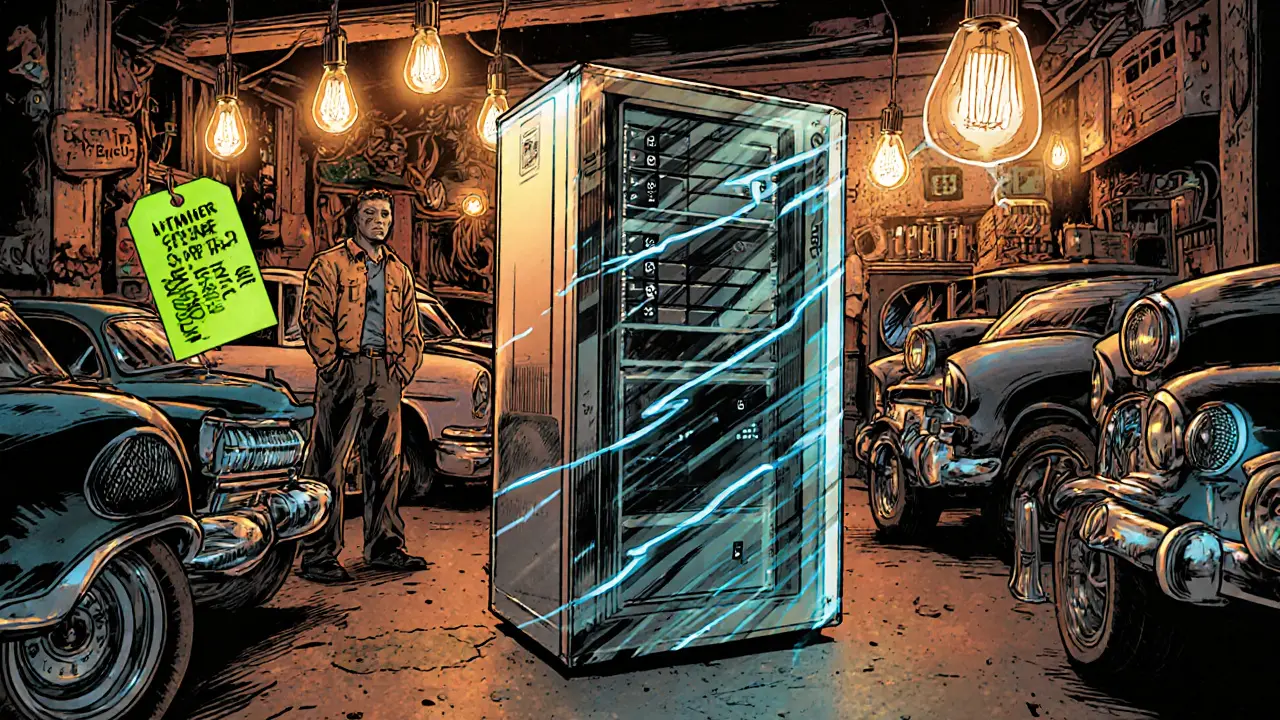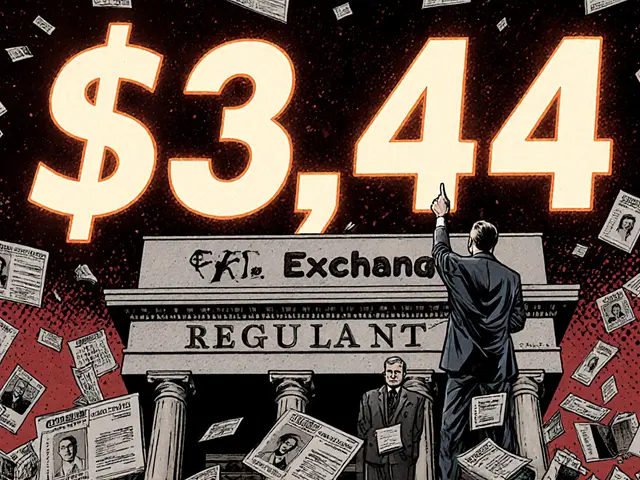Crypto Mining Efficiency
When you hear Crypto Mining Efficiency, the measure of how much computational work you get per unit of electricity and hardware cost. Also known as mining efficiency, it directly shapes your profit margin in a proof‑of‑work world.
Key factors that drive efficiency
One of the biggest levers is Hash Rate, the number of hash calculations a miner performs each second. A higher hash rate means you solve blocks faster, but only if the network’s Mining Difficulty, the algorithmic target that keeps block times stable stays in check. When difficulty climbs, you need even more hashes to stay competitive, which can erode efficiency unless you upgrade hardware or cut energy use.
Another pillar is Energy Consumption, the power drawn by mining rigs measured in kilowatt‑hours. Efficient rigs squeeze more hashes out of each kilowatt, lowering your bill and carbon footprint. Pairing low‑energy ASICs with renewable sources can push crypto mining efficiency into double‑digit profit zones.
These three pieces—hash rate, mining difficulty, and energy consumption—create a feedback loop. Crypto mining efficiency encompasses hash rate optimization, because faster hardware lets you outpace rising difficulty. Mining difficulty influences crypto mining efficiency by raising the work needed per block. Energy consumption impacts crypto mining efficiency since power costs eat into every reward. Understanding how they interact lets you tweak settings, choose the right equipment, and time your operations for peak profitability.
Below you’ll find a curated set of articles that break down each factor, walk you through real‑world calculations, and show how to apply the lessons to your own rigs. Whether you’re a hobbyist tweaking a single GPU or running a farm of ASICs, the guides will help you sharpen your edge and get the most out of every hash.






